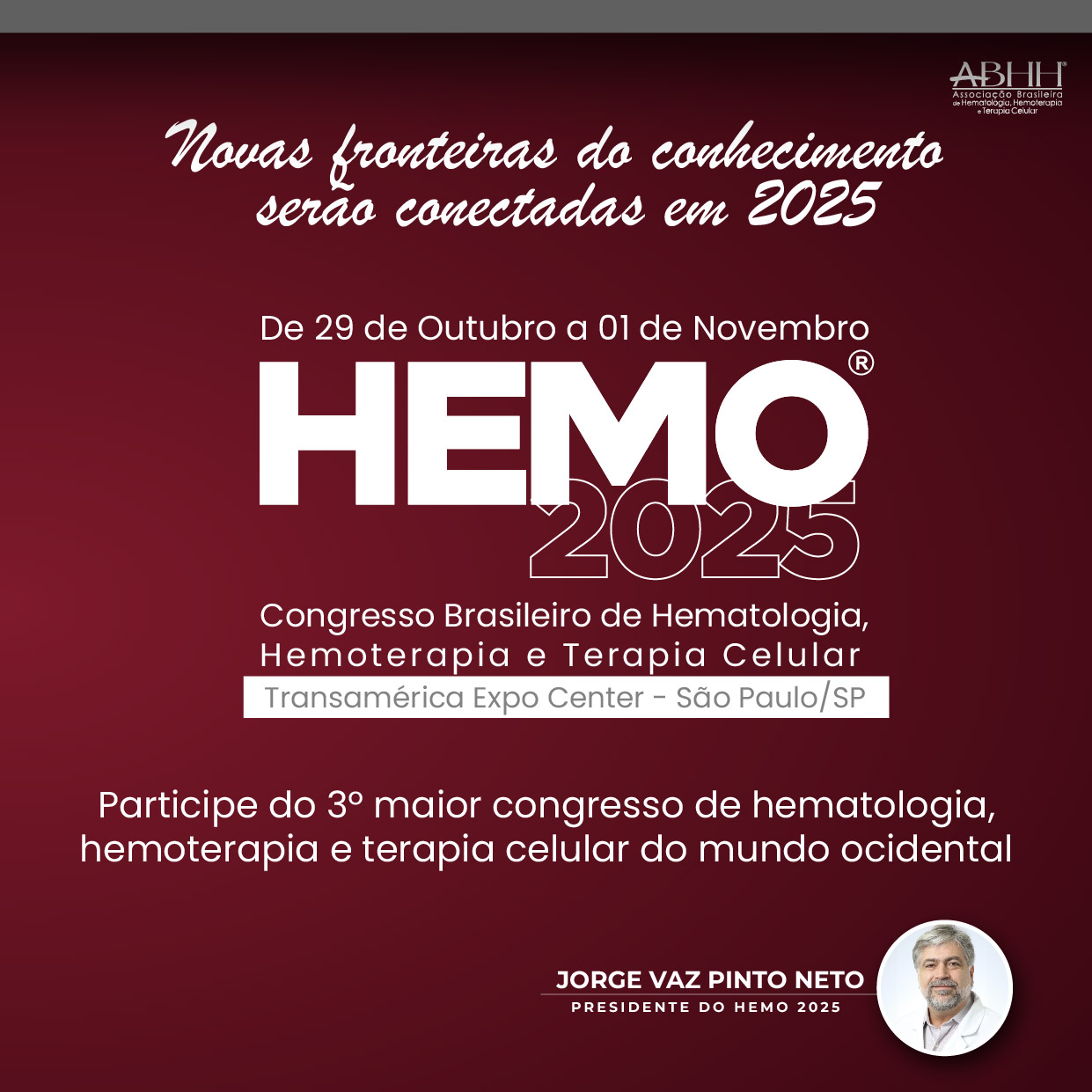
Follicular Lymphoma (FL) is the second most common subtype of Non-Hodgkin Lymphoma (NHL) and is generally indolent. However, a significant proportion of patients experience histologic transformation to Diffuse Large B-Cell Lymphoma (DLBCL), which leads to a more aggressive clinical course and worsened prognosis. Transformation typically occurs within the first few years of diagnosis, but this case presents a rare instance of transformation after a decade of complete remission, emphasizing the importance of long-term monitoring.
Case presentationA 78-year-old male was diagnosed with FL in 2014 following excisional biopsy of a left supraclavicular lymph node. The patient underwent six cycles of R-CHOP chemotherapy, achieving complete remission and remained asymptomatic for 10-years. In 2024, he presented with a rapidly enlarging anterior chest wall mass. A contrast-enhanced CT scan revealed a 46 × 76 cm pleural-based tumor invading the sternum and pectoral muscle. A tru-cut biopsy confirmed Diffuse Large B-Cell Lymphoma (DLBCL) with CD20 positivity. Notably, there were no systemic B symptoms (fever, weight loss, night sweats), but the rapid extranodal tumor growth raised suspicion for transformation. Given the patient’s age and disease aggressiveness, rituximab plus ibrutinib therapy was initiated instead of intensive chemotherapy. The patient’s response is being closely monitored.
ConclusionThis case underscores the importance of long-term surveillance in FL patients, as transformation to DLBCL can occur even after a decade of remission. The presence of a rapidly growing, painless mass should raise suspicion for transformation, particularly in the absence of B symptoms. Extranodal involvement is a critical prognostic factor and often necessitates targeted therapeutic approaches. The use of rituximab and ibrutinib in this elderly patient represents a modern, less intensive treatment option for transformed FL, reflecting evolving lymphoma management strategies.






